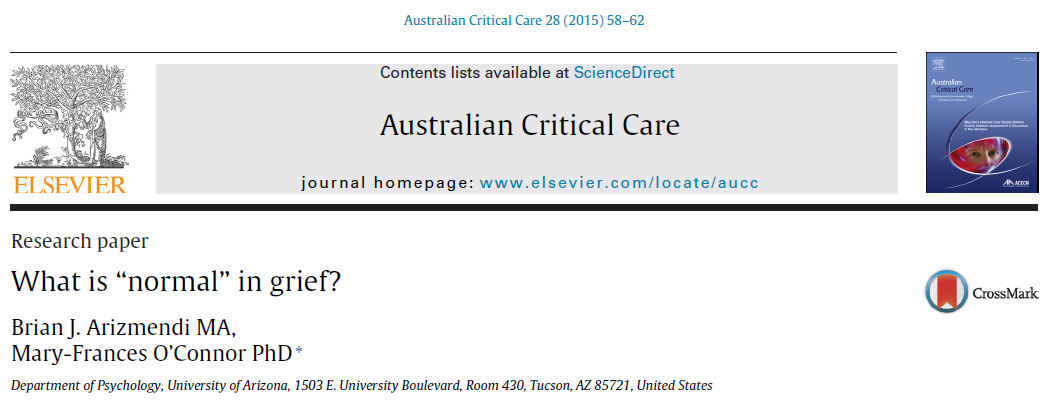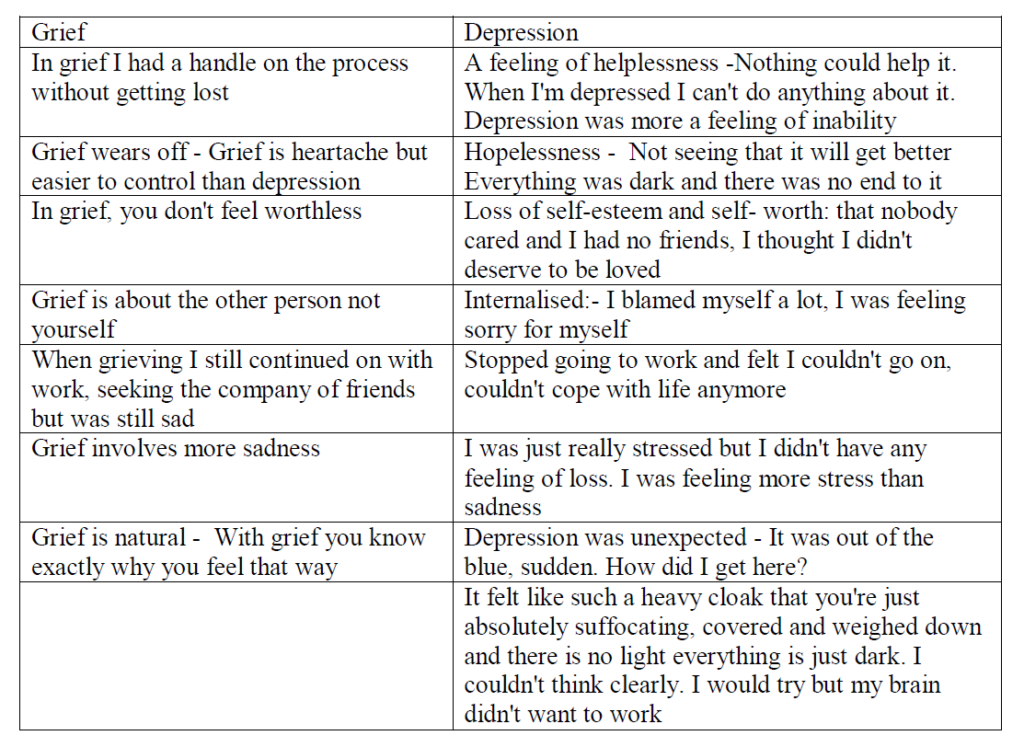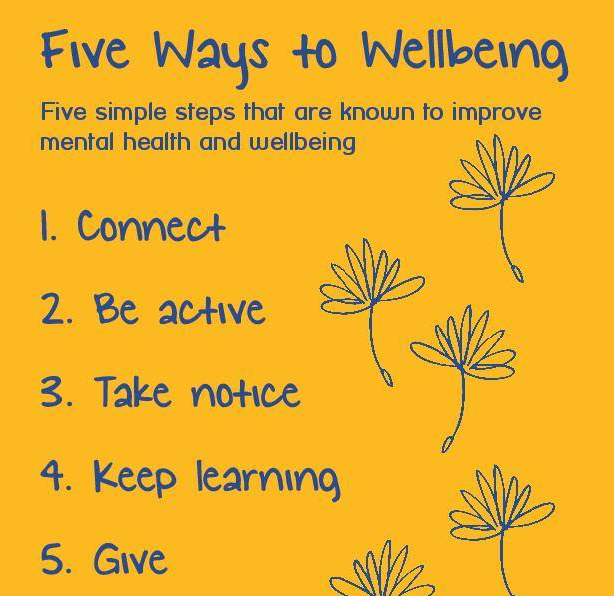
What is ‘normal’ in grief?
I got a lot of interest from the last blog where I wrote about my experience with the loss of my father. We all agree that there is no standard way to mourn a loved one but there is a bit of research out there that perhaps will shed light on our differences.
I will revert to the article published in the Australian Journal of Critical Care in 2015 by Dr Arizmendi and O’Connor, titled ‘What is ‘normal’ in grief?’
Although for many grief, is experienced as waves that eventually turn into ripples over time, this is not always the case. Dr Arizmendi and O’Connor describe trajectories of grief and classify people into 4 groups: resilient, chronic grief, distressed- improved and chronic depression.
I will start by saying that there are very few studies out there on grief – and I would not over generalise with the figures presented here. A lot of them are from one adult study yet, as you all know, people’s experience of grief is very different especially with all the different cultures involved.
The ‘resilient’ are those people who show minimum grief or low level grief. You may be tempted to think that this group have something wrong with them and that they would fall apart later but researchers have found that this group have positive memories of their loved one and function as normal after the loss. In a single study of about 200 adults, this form of grief was found to be the experience of over 45% of those who experienced loss and so it is not a rare occurrence. Bear in mind though that the group of people studied here were older and perhaps the results would have been very different if younger people were studied.
Then there is the group that suffers ‘chronic grief’. This group suffers emotional pangs after the loss and yearn for the dead person. This group is mainly composed of those who relied heavily on the dead individual and the loss has deep implications on their own life. According to this article, this chronic grief tends to resolve after about 4 years after the loss.
The distressed-improved is mainly the experience of 1 out of 10 married people whose spouse passes on. In this case, the distress is intense before the death but after the person dies, there is relief. The death is an end to a chronic stressor. This can happen not only among couples, but anyone taking care of a critically ill person. Within 6 – 18 months, the spouse/career left behind will have more positive memories of the dead and cope better with life.
This perhaps explains why spouses that have been taking care of dying relatives are blamed for their death on our continent Africa, because the person left behind appears to move on faster than the others. Yet this research shows this to be a normal mechanism of grief.
The last group are those who are chronically depressed. These are people who like the distressed-improved, are in intense distress before the loss of a loved one and this does not go away with the death. Years later, the person left behind is still very distressed. Researchers think this high prolonged distress is less about the grief over the loss of a loved one and more about a mood disturbance in the one left behind.
Then there is a small subset of individuals never fully integrate the loss into their life and continue to experience severe disruption in daily life many years after the loss event. A phenomenon known as complicated grief. This comprises 7% of those who loss a loved one – so this state of being unable to cope with loss is actually rare. However, this figure rises to 20% when the loss is a spouse and 24% when the loss is a child. It is not surprising though that losing a child is the most stressful loss.
Gordon Parker and colleagues in Australia published a paper in 2015 in the Journal of Affective Disorders where they studied about 150 people in an attempt to differentiate between grief and depression.
Grief is focusing on the other while depression is more focused on the self – feelings of low self-esteem and feelings of worthlessness.
Grief’s hallmarks are yearning and sadness which emerge from the loss of the “other” and with self-esteem generally preserved, and in contrast to depression where the person views their own self as empty or impoverished .
These authors noted some of the differences in the experiences of those grieving compared to those who had become depressed – here are some statements that try to differentiate the state of grief from that of depression
It’s worth bearing in mind when dealing with both, that people don’t choose to get depressed – it’s an illness that needs to be dealt with early. There is nothing worse to be told when you are down than ‘you should pull yourself together – for the sake of the children’ or ‘be grateful for …..’ ‘We also lost a mother/spouse but we are getting on – stop this’.
Just like we should not mock the resilient for their inability to wail loudly at a funeral or blame the spouse who gets on quickly with life- for the death of their partner, we should also not judge those who sink into depression. Instead helping them to find help from someone who will be patient to listen and guide them through the darkness so that they do not loss the will to live completely.




